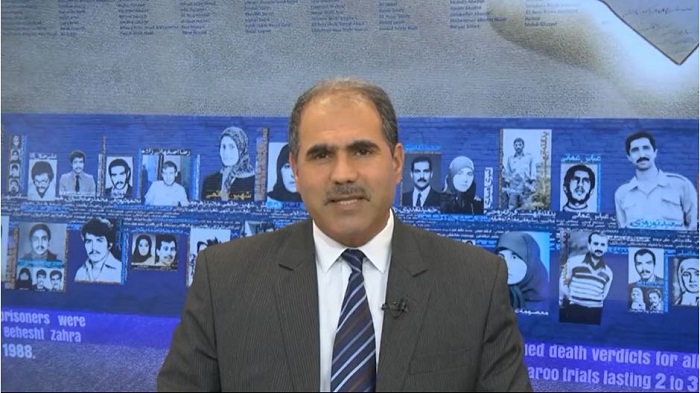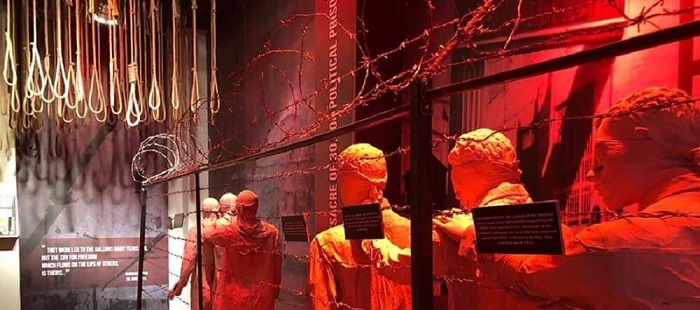
The 1988 massacre of 30,000 political prisoners, most of whom were affiliated with the main Iranian opposition movement, The People’s Mujahedin of Iran (PMOI / MEK Iran).
Eyewitness Seyyed Hossein Seyyed Ahmadi
My name is Seyyed Hossein Seyyed Ahmadi. Two of my brothers were executed in the 1988 massacre. My older brother Seyyed Mohsen Seyyed Ahmadi and my other brother Seyyed Mohammad Seyyed Ahmadi.
Seyyed Mohsen was executed in Gohardasht Prison in Karaj. And Seyyed Mohammad was executed in Evin Prison. They were both executed in 1988. They were part of the first group that was executed on July 30, 1988, by henchmen without even having a trial.

MEK martyrs’ bodies were given to their families
I wanted to mention a point about the pressures on our family after they refused to hand over the bodies of these martyrs. This was not confined to our family.
None of the Mojahedin-e-Khalq martyrs’ bodies were given to their families. For a long time, my parents would visit various prisons and authorities, demanding to at least receive the bodies of these martyrs.

Belongings of martyred were not given to their families
But the regime did not do this. It was only after months of effort that two duffel bags were handed over to my mother at Evin Prison. These two bags contained some of the belongings of people who were martyred at that time.
After my mothers checked the content, she said none of what was inside belonged to my brothers. This was because, at the time, the regime was in such a hurry and scrambling to execute the prisoners that they couldn’t even transfer their belongings.

Regime was hurrying to carry out the massacre
So, they put whatever remaining belongings they could find in the cells in the bags and they would give them to the families. This wasn’t just my family’s experience.
Other mothers and fathers of the martyrs had told my mother that they faced the same thing. This showed that the regime was in such a hurry to carry out this massacre, and it gave nothing to the mothers.

The regime did not reveal places of the graves
In relation to the location of the graves of these martyrs, to the extent that we know and pursued information, the regime did not reveal a specific place.
But mothers made efforts subsequently and found out that Gohardasht and Evin prisoners were buried in Khavaran Cemetery.
Mothers then visited the cemetery and paid their respects thinking that their kids may be buried there.

MEK Iran (follow us on Twitter and Facebook)
and People’s Mojahedin Organization of Iran – MEK IRAN – YouTube







